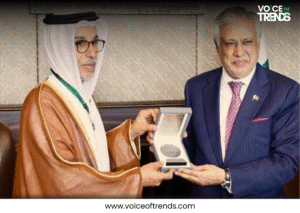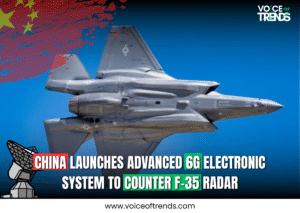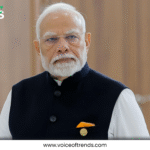Pakistan offers a duty-free trade deal to the US. A strategic step towards stronger, profitable ties
Pakistan has offered a duty-free trade agreement to the US in a significant development that could reshape bilateral profitable ties. The bold move highlights Islamabad’s interest in strengthening trade linkages and expanding its import footprint in global requests, especially with one of the world’s largest economies.
A game-changer for Pakistan’s frugality
Pakistan’s decision to propose a duty-free trade deal with the US is being seen as a strategic step towards attracting foreign investment, boosting exports, and creating jobs. For a time, the country has been looking for ways to reduce its trade deficit and strengthen its frugality. A deal of this magnitude could bring much-demanded profitable stability by allowing Pakistani goods, such as fabrics, leather, surgical instruments, and agricultural products, to enter the US market without tariff walls.
Why the US?
The United States was formerly one of Pakistan’s top trading partners. In 2023 alone, bilateral trade exceeded 8 billion, with Pakistani exports accounting for the bulk of the trade. By barring tariffs, the agreement could make Pakistani products more competitive in the U.S. market, leading to increased demand and better opportunities for exporters.
Also, in the environment of changing global force chains, the United States is looking for indispensable sourcing mates beyond China. Pakistan’s strategic position, competitive labor costs, and growing manufacturing sector make it a seductive trading partner.
What’s in it for the United States?
For the United States, the agreement offers an occasion to strengthen profitable and political ties in South Asia. Pakistan is a growing consumer market with a population of over 240 million. By penetrating this request under preferential terms, U.S. businesses can profit from lower tariffs on exports such as minerals, electronics, medicinals, and agricultural products.
Also, the duty-free arrangement would foster profitable interdependence, potentially supporting indigenous stability and security, long-held U.S. foreign policy objectives.
Implicit Challenges Ahead
Despite the promising outlook, there are challenges to navigate. Trade agreements frequently take time due to regulatory hurdles, policy alignment, and political considerations on both sides. The United States will probably need strong assurances on labor rights, transparency, and nonsupervisory reform before it can move forward. On Pakistan’s end, profitable and political stability are crucial to gaining the trust of U.S. stakeholders.
The Way Forward
Industry experts believe that the duty-free trade agreement could pave the way for a broader free trade agreement(FTA) in the future. However, it would not only boost exports but also foster invention, ameliorate quality norms, if done right.
The proposed deal comes at a time when Pakistan is also engaging with other trading blocs and nations to diversify its profitable portfolio. It’s a clear sign that the country is serious about opening up to global trade and modernizing its profitable outlook.




















